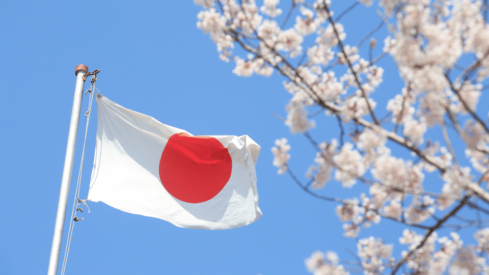Why is the Japanese dog population decreasing?

The stringent regulations, the economic conditions, and the discouragement campaigns are behind this unusual trend in Asia.
The increasing trend in the pet population in the Asian region is not quite happening in Japan. According to Euromonitor, Japan’s cat and dog population decreased by more than 1.5% between 2018 and 2022. While in 2018, there were 16.4 million cats and dogs in the country, the number went down to 16 million in 2022.
The Japan Pet Food Association told GlobalPETS that the dog population in the country dropped from 13 million in 2008 to 7.5 million in 2022.
According to association Chairman Hiromitsu Kodama, from 2005 to 2008, the pet population increased between 900,000 to 1 million new dogs annually. In 2022, about 420,000 new dogs were homed in the country.
The reasons why
Kodama attributes the dwindling numbers to the economic situation in the country and the regulations impacting breeders. “There is demand, but supply is an issue,” he stated.
He also revealed that citizens aged 55 and above are discouraged by government welfare agencies to home dogs as it requires pet parents to spend time and energy playing with and walking them.
Euromonitor ascribes the decline in the dog population to an aging population, an increasing number of dual-income and single-person households, coupled with cramped housing creating unfavorable conditions for dog owners.
A Japan Pet Food Association survey concluded that around 40% of Japanese households wish to have a pet.
Positive forecast?
Despite the slowing trend, the future of pet ownership seems to have a good forecast. Hiromitsu Kodama expects the number of Japanese households owning a dog will jump from the current 10% to 14% in the near future.
The population of cats is expected to remain stable for the time being. Since 2013, cat ownership in Japan has represented an average of 8% of households.
According to Euromonitor, cat populations haven’t declined in Japan because, unlike dogs, “cats do not require people to commit time and energy to exercise them, while they are also more independent.”
